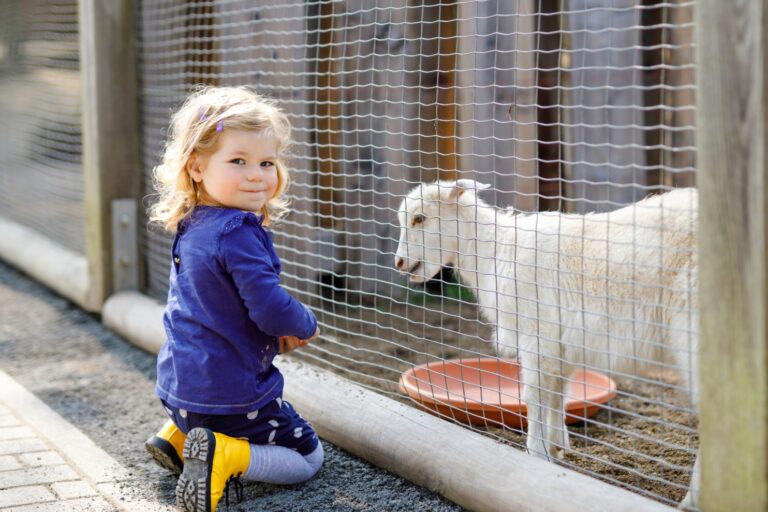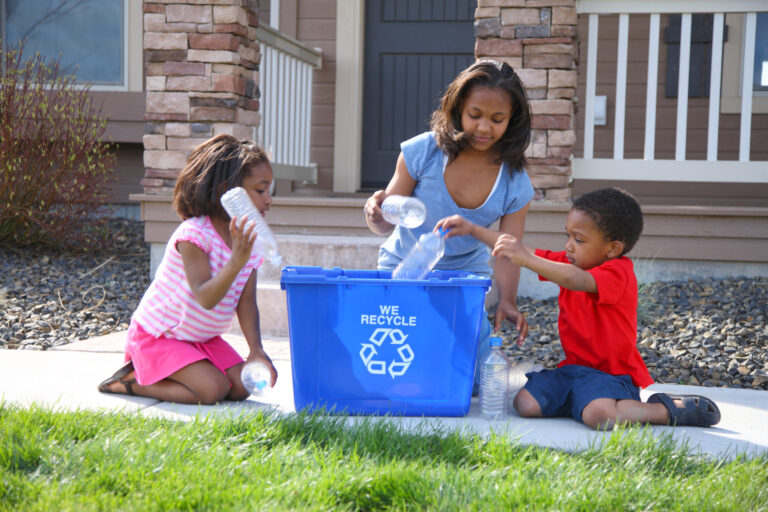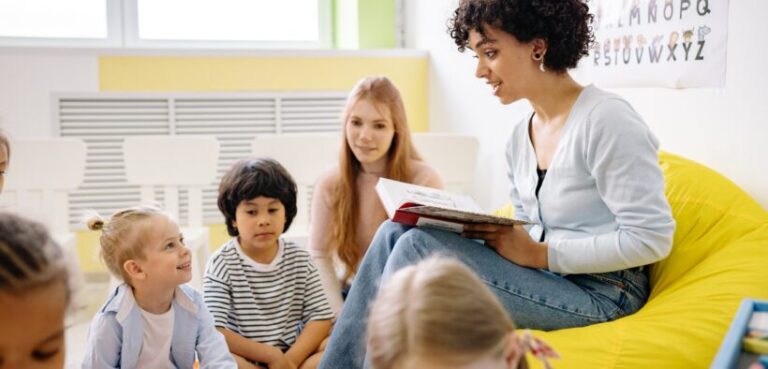POP QUIZ!
Fill in the blank: Born to .
What comes to mind? People have lots of ideas about what we are born to be, do, and feel – and apparently, we love to sing about it…Ray Charles is Born to Lose, Steppenwolf is Born to be Wild, Bruce Springsteen – Born to Run, Muscle Shoals Horns – Born to Get Down, The Game – Born 2 Rap. Truth is, we can declare we’re born to do these or any other things until we’re blue in the face, but there are very few things that we’re actually born to do – that’s why babies need us, maybe more than we think…
For me, when it comes to what babies are ‘born to do’ (or rather, born ready to do) it boils down to two things: Babies are born to connect with the meaningful adults in their lives, and they’re born to learn. (Spoiler alert: connecting is how they learn.) When you look at the basics of early brain development, I think you’ll see why.

How Babies’ Brains Grow
A baby’s brain grows over time. It starts during pregnancy and continues into adulthood. Most of that growth happens in the first 3 years of life, when a baby’s brain grows to 80-85% of the average adult brain size. WOW! Think about how long it takes a child to grow to 80-85% of their adult height – 12ish years? And the brain does it in a ¼ of the time!?!
Brain size and growth depend on a couple things: the number of brain cells and the number of connections that are formed between those cells. These connections, or synapses, are how brain cells coordinate our thoughts, actions, behaviors, feelings…everything. A baby is born with roughly 100 billion brain cells – that’s billion – with a B! But when a baby is born, most of the brain cells, called neurons, aren’t really connected. Synapse formation, which happens as a result of experiences, is one of the biggest contributors to that fast and furious early brain growth. Looking at how and why synapses are formed helps us see why this is a really good thing.
Neuronerds like me have a saying: “Neurons that fire together, wire together.” This means neurons that respond (fire) to the same thing will become connected (wired) to each other. Neurons are meant to connect. And those connections get stronger every time the cells fire together, forming what neuroscientists call neural circuits. Neurons and circuits that aren’t used very much stay weak and are removed through a process called pruning (think of pruning a rose bush).
Our neurons and circuits fire to many different things, like light, sound, touch, smell, and taste. They respond to our environment and our experiences…and they’re meant to learn. This is why humans can adapt to different circumstances and why kiddos are so dependent on us – they have a lot to learn. Your child’s experiences with the world impact how their brain circuits connect and what they learn. Your interactions with your child are a critical part of their experiences and brain growth – every time you interact with them, you’re building their brains. Take our free Build My Brain course to learn more about your role in brain construction.
How Brain Growth Impacts Language Development
 Let’s think about this in the context of learning language. Babies don’t enter the world with language. They don’t know English, Spanish, Amharic, Mandarin, or any other language. Experts say babies are born citizens of the world because they can detect and distinguish the sounds of any language and can learn more than one language at a time. They eventually specialize in the language (or languages) their caregivers use because that’s what they hear. The circuits needed to detect and understand the sounds of their caregivers’ language get stronger every time someone talks with them in that language – the circuits that detect the sounds of other languages don’t get used as much and are pruned away.
Let’s think about this in the context of learning language. Babies don’t enter the world with language. They don’t know English, Spanish, Amharic, Mandarin, or any other language. Experts say babies are born citizens of the world because they can detect and distinguish the sounds of any language and can learn more than one language at a time. They eventually specialize in the language (or languages) their caregivers use because that’s what they hear. The circuits needed to detect and understand the sounds of their caregivers’ language get stronger every time someone talks with them in that language – the circuits that detect the sounds of other languages don’t get used as much and are pruned away.
But don’t fret! That pruning does NOT mean babies can never learn another language. Sure, more synapses are formed in the first 3 years of life than any other time in life, but they don’t stop at age 3. Synapses keep forming into adulthood. Learning a new language may not come as easily as when they were younger (cue flashbacks of high school Spanish class), but kiddos’ brains are more than capable of taking on the task. Their brains take what they know about their first language and apply it to learning the new language – and they borrow parts of their first language circuits to learn the new language. The stronger their first language circuits are, the easier it is for them to learn other languages.
Borrowing parts from existing circuits to learn new skills isn’t unique to language. It applies to reading as well (among other things). We have dedicated circuits for lots of things – seeing, hearing, feeling, to name a few – but we don’t have a circuit dedicated to reading. Our brains borrow parts from many other circuits to be able to read. (Check out our study of Dr. Maryanne Wolf’s book Reader, Come Home to learn more.) If children have strong, healthy brain circuitry when they start learning to read (and other new skills), it’ll be easier for them to learn.
Preparing Your Child’s Brain for Learning
Is there anything you can do to make sure your child’s brain circuitry is ready for learn lots of new things? ABSOLUTELY! And you know the best part? It doesn’t require any special training, fancy toys, or expensive technology. It’s completely FREE and everyone can do it!
Every time you TALK, READ, and PLAY with your child, you’re helping them learn language, building and strengthening their brain circuitry, and preparing them for all future learning. Not sure where to start or looking for ideas to make the most of your brain-building opportunities? We’ve got you covered. Go here to find blogs, videos, and resources to help you use the power of language to connect with your child and help them learn. They were born for it and the impact will last a lifetime!
Talk, Read, Play:
Blogs, Videos, & Free Resources for Families




I have really enjoyed learning about resources, videos on how children brain developes through Birth through Five